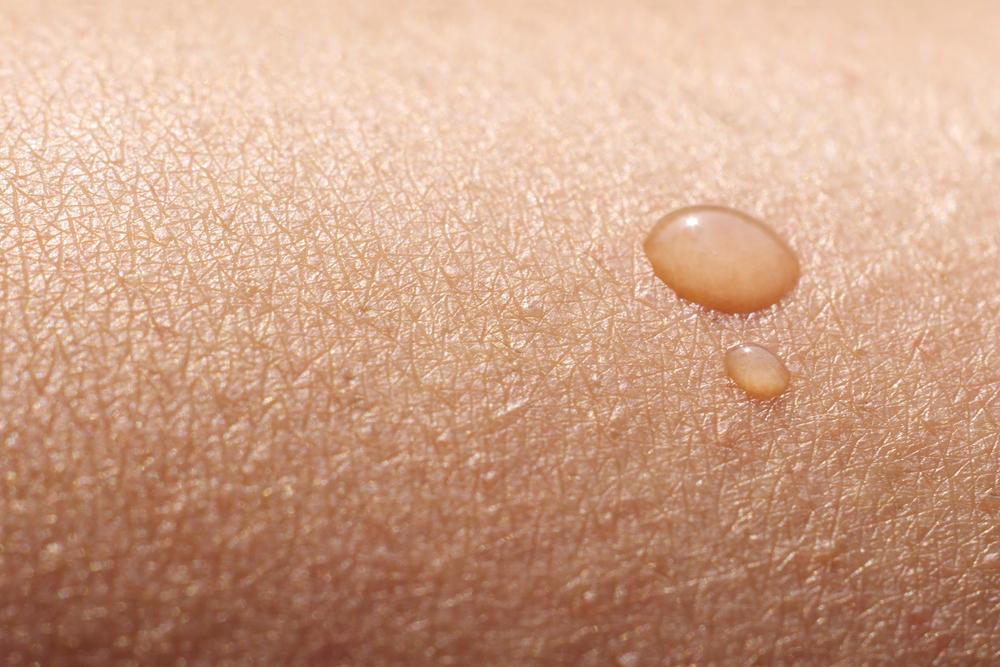
Understanding the Benefits and Shortcomings of Skin Substitutes Can Help Guide Treatment
A recent report explores the advantages and limitations of skin substitutes in dermatology, shedding light on their potential applications and considerations for treatment. Skin substitutes, also known as tissue-engineered skin equivalents, are bioengineered materials used to repair damaged or lost skin. These substitutes have been developed to address various clinical needs, including wound healing, burn injuries, and chronic ulcers. The report discusses the different types of skin substitutes available, such as allografts, xenografts, and synthetic grafts, highlighting their unique properties and applications. It also delves into the challenges and limitations associated with these substitutes, such as cost, availability, and immune response. Understanding the benefits and shortcomings of skin substitutes is crucial for healthcare professionals in selecting the most appropriate treatment options for their patients.
